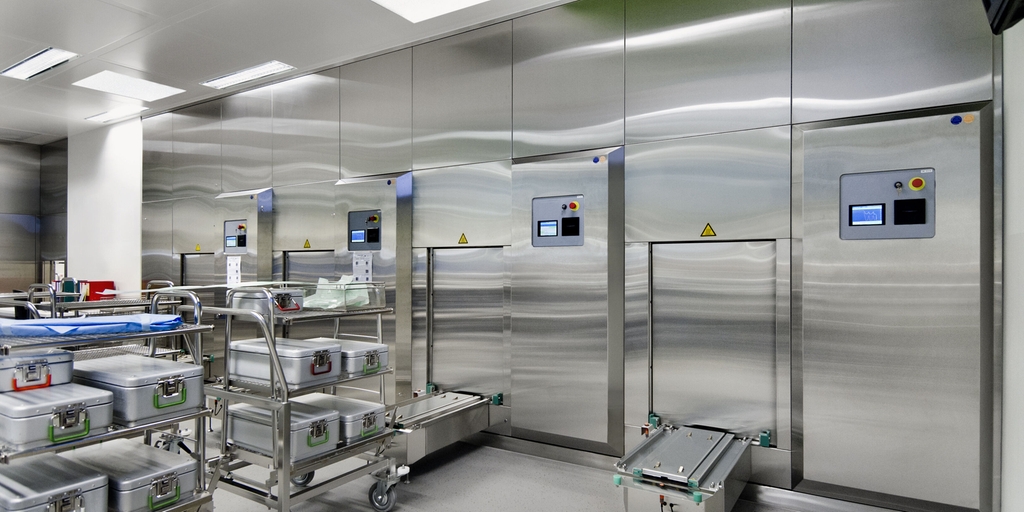Medical autoclaves
Reducing risk in batch sterilization
Medical autoclaves and steam sterilizers rely on accurate, precise and reliable temperature measurements to comply with process requirements. New sensor technology automates recalibrations to reduce risk between intervals and provide audit-proof batch certification.

Medical autoclaves performing sterilization at elevated temperatures using saturated steam
The results
automated process verification
-
accurate process control
-
reduced uncertainty batch-to-batch
-
cost and time savings
The challenge
Standard practice in medical autoclave operation is to monitor temperature in the coldest part of the process by placing a sensor instrument in the drain or near the bottom of steam sterilization equipment. Since measuring instruments are subject to age-induced drift or mechanical damage, recalibration is necessary to guarantee reliable process monitoring. Should an instrument fail, there is no reliable way to quickly pin-point the timespan and batches affected in between calibration cycles.
Our solution
A self-calibration method that uses the Curie temperature of a reference material as the built-in fix point temperature reference. A trial phase has successfully demonstrated that the self-calibrating instrument performed well above expectations. On average, during it’s one-month installation period and 600 operation hours, the instrument performed approximately 80 successful in situ self-calibrations. This equates to an average of nearly two batches and two calibrations per day.
The self-calibrating sensor was installed at the coldest point in the autoclave, next to an existing sensor to establish a second temperature reference. The probe was calibrated in an accredited calibration lab before and after the trial. All 80 performed calibrations were successful, and the sensor accuracy was well within specified limits.
